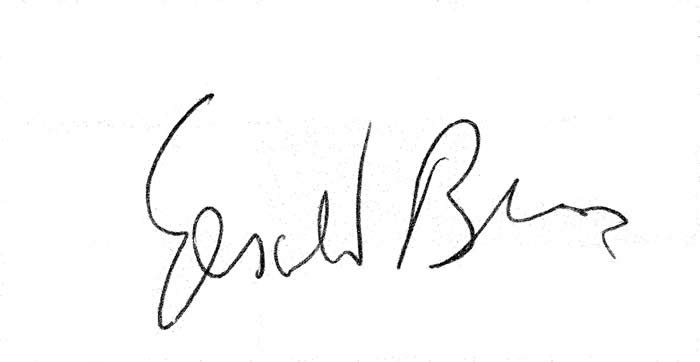
in my gray fur under the moon. Calls me Jekyll because I'm writing in my plaid dressing gown.
Perhaps therapy imagined as a woman wears plaid, the figure harder to describe than iconific glyphs,
more a two-element grid exhibiting variations, passion and boredom woven into something hunting.
Outside on the porch for my next-last cigarette, a horizontal rift in clouds, labial,
bright lit gets risen into by the moon, perfectly contained, then higher, bright
enough you infer haze in front from the brightness around her -- how else, sphere,
mud-ball, than her, smoke blowing sideways from in front of my face. Is this
an image? Paul says I've rinsed my teapot over his done dishes, he works from right to left,
is that, a few leaves in one of his broad cups, an image or just homologous laterality?
I heard Joel Bluestone play, last Friday, Watts Tower by Mr. Boone, percussion only
so like my poems' motions it could have been an uncle, and the Taiko people
(same bill) whaffing angled drums made of wine barrels -- taken apart, sanded,
reglued they said, pagoda shoulders, black tights as they do half splits to drum level,
ka-whom, sexily lighthearted. Bluestone said he practices on his little drum pad
and here are these people, "doing sit-ups," different approach to warmup,
poetry so shining through cloud you forget it's music at all. So I wrote
a piece for percussion, not terribly good, that wangles around knowing a percussionist
adds the wit and rhythm, mine pulling apart from (inaudible) circumspection,
not a thing I'd do again but fun the once. Any element separable in performance.
"Rhythm, the container in which time is contained, tells us how an idea feels,"
says Gross, the moon a quiver in the diction, mid the diction, if anything, "bright" nothing
or a sign saying you're in Idaho, uncial Cork. What would happen if, not the word for
the sound of a drum -- boom, but the sound itself were both the sound and a god?
To hear that would electrify without implying complexity of perception, hein, as Derrida's
mother might put it, or Bachelard's grandmother attending to waffles, making soup.
The drum-sound would be a hot scone, flat, triangular, vulnerable to jam, cake
baked on a flat rock that barely rises but puffiness is there, invitingly triangular.
Inside the Box
the explorer, whom we know is Apollo, proportionately five feet tall, stoops
or squats till well-formed chest meets knee (tanned and faceted as jointure hacked
with adz). He is interested in a weedy nasturtium, thing not seen before, ignores
the blood-spotted orchid, ringed snake, jointed creatures under leaf-mould, all that
scurries or sits in cool haze, the edge gone mossy green of a temple sculpture
so we can see his curiosity, counting leaves, admiring the flower, his gun forgot.
What does he walk on? A dense picture of English garden flowers, ripped
from a magazine, some annual. To his left a museum reproduction, the
one with monkeys, defines the first wall, the right one late-period Giverny. In
short, we're to ignore, except as figured, the wings or walls to either side, the floor
and marvel at the back wall, vigorous collage of Gibson Girls, Victorian valentines,
colored pictures of food and plants from cheaply reproduced herbals, hardly a
touch of blue but up high, from satin clothing still with tabs to be sky.
The effect, lit from covert bulbs in the box's top, is of oppressive interior,
Sherlock Holmes's living room, one animal's face (turned toward us) an ornate clock.
In fact the jungle ticks, since it has to do something, the audio horologique
to be . . . drips from way-up leaves, screeching birds and gibbons, pet store reduced
to pendular escapement into microphone to heighten Apollo as explorer's timeless moment,
the god doubly out of time because disguised, to no purpose unless a fittingness
in miniature, what's now called an Action Figure, more real than the jungle made from scraps,
any old thing, he alone 3-D, a flat engraving set up on its tabs in front of him nasturtium.
Copyright Gerald Burns 1995-1997